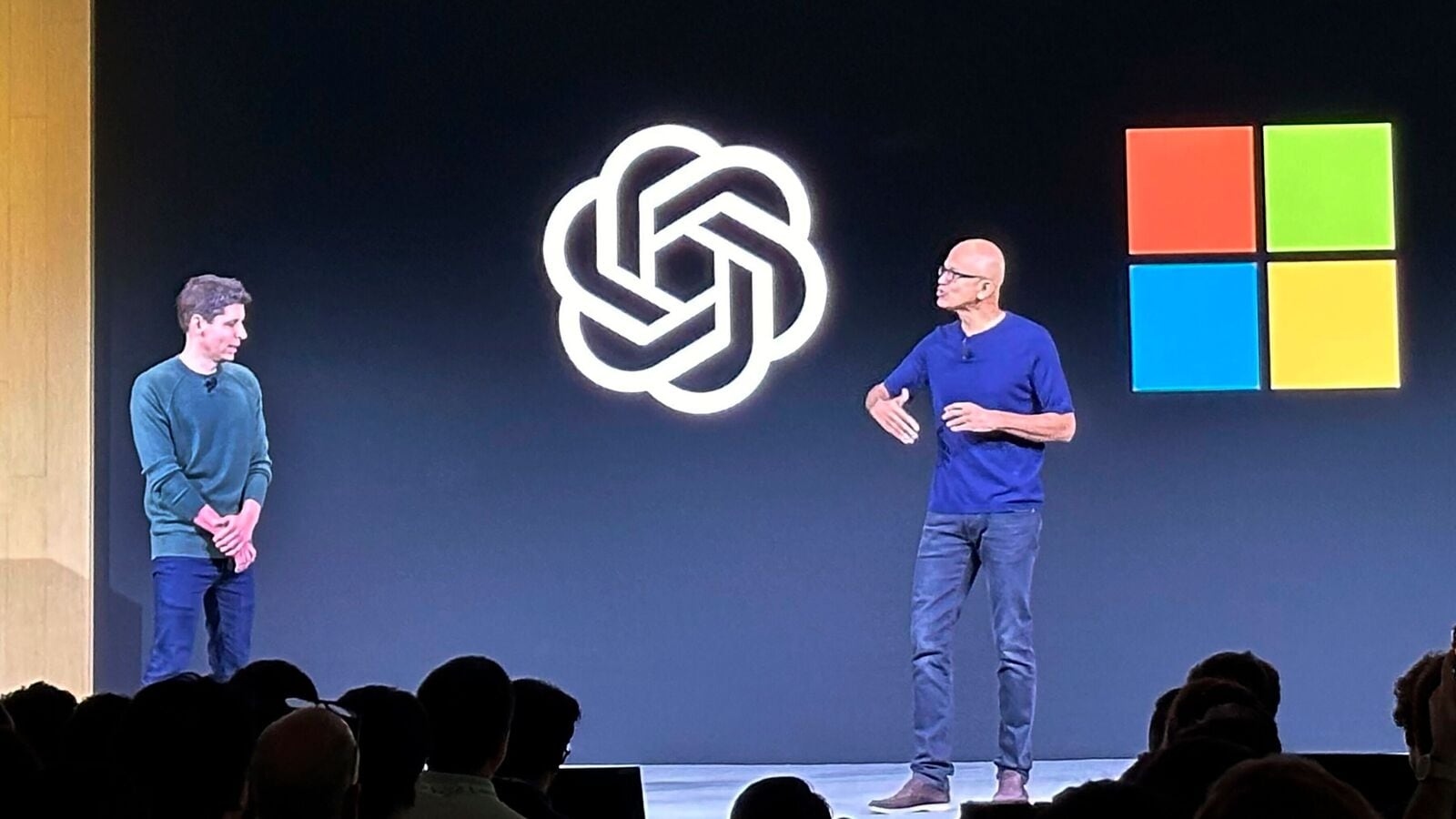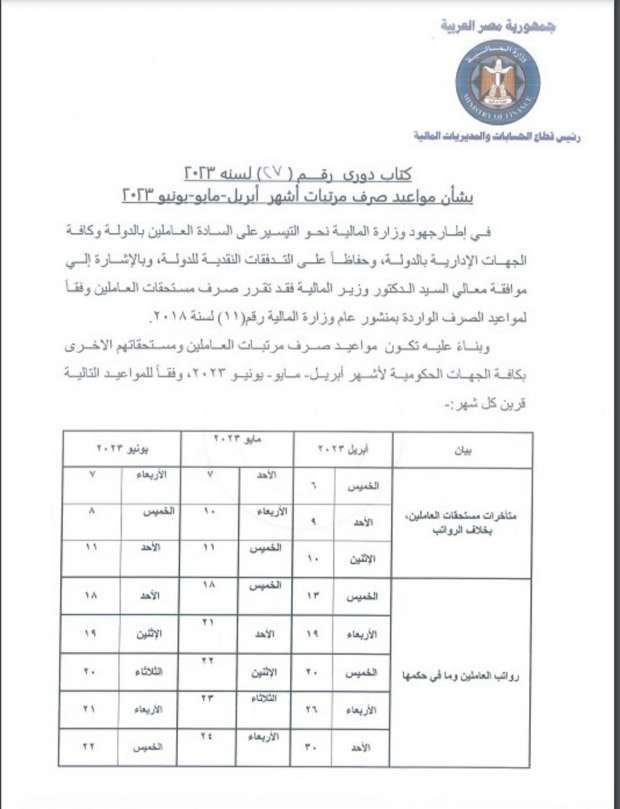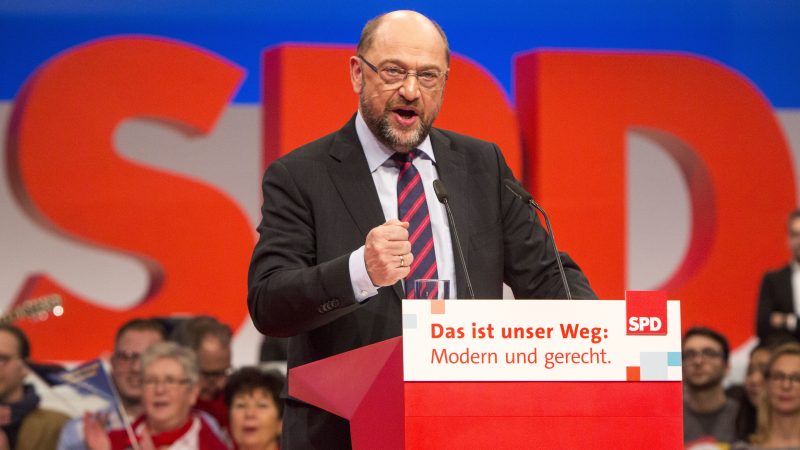Altman And Nadella: A Growing Divide In The AI Revolution

Table of Contents
- OpenAI's Aggressive Approach vs. Microsoft's Cautious Strategy
- OpenAI's Focus on Generative AI and Rapid Innovation
- Microsoft's Emphasis on Responsible AI and Enterprise Applications
- Differing Views on AI Regulation and Governance
- OpenAI's Advocacy for Proactive Regulation
- Microsoft's More Pragmatic Approach to Policy
- The Impact of their Diverging Strategies on the Future of AI
- Competition and Innovation
- Shaping the Public Perception of AI
- Conclusion: Navigating the Altman and Nadella Divide in the AI Landscape
OpenAI's Aggressive Approach vs. Microsoft's Cautious Strategy
The core difference between Altman and Nadella lies in their strategic approaches to AI. This divergence is visible in their respective companies' development and deployment strategies.
OpenAI's Focus on Generative AI and Rapid Innovation
OpenAI, under Altman's leadership, has spearheaded the development of groundbreaking large language models (LLMs), pushing the boundaries of generative AI. Their ambition is nothing short of achieving Artificial General Intelligence (AGI), a goal that necessitates a rapid release cycle of new models and features. This approach, while producing remarkable innovations like GPT-4 and DALL-E 2, also presents significant risks.
- Rapid Innovation: OpenAI's iterative model prioritizes speed, leading to quick releases and continuous improvements. This agility is crucial for maintaining a competitive edge in the rapidly evolving AI landscape.
- Potential Risks: The speed of development can sometimes outpace the thorough assessment of potential biases, safety concerns, and unintended consequences. This rapid release of powerful OpenAI models necessitates robust safety protocols and ongoing monitoring.
- Focus on AGI: OpenAI's long-term vision centers on AGI, a concept that raises profound ethical and societal questions which need careful consideration.
Microsoft's Emphasis on Responsible AI and Enterprise Applications
In contrast, Microsoft, under Nadella's direction, adopts a more measured approach, prioritizing responsible AI development and the integration of AI into enterprise solutions. While leveraging OpenAI's technology through significant investments, Microsoft emphasizes ethical considerations and long-term sustainability.
- Responsible AI Development: Microsoft emphasizes building AI systems that are transparent, accountable, and aligned with ethical principles. Their focus on responsible AI development aims to mitigate risks and build public trust.
- Enterprise Focus: Microsoft’s strategy centers on integrating AI into its existing cloud platform (Azure AI) and enterprise software solutions, targeting business applications and productivity enhancements.
- Broader AI Investments: Microsoft's investments extend beyond generative AI, encompassing various AI fields, including AI for healthcare, environmental sustainability, and accessibility.
Differing Views on AI Regulation and Governance
The contrasting strategies of Altman and Nadella are further reflected in their differing viewpoints on AI regulation and governance.
OpenAI's Advocacy for Proactive Regulation
Sam Altman has been a vocal advocate for proactive government oversight and regulation of AI. He recognizes the potential dangers of unchecked AI development and believes that robust regulations are crucial to mitigating these risks.
- Safety Concerns: Altman's calls for regulation stem from a deep understanding of the potential for misuse of advanced AI technologies, including the creation of autonomous weapons systems or the spread of misinformation.
- Preventing Misuse: Proactive regulation, in Altman's view, is necessary to ensure that AI is developed and used responsibly, minimizing the risks of harm to individuals and society.
- Balancing Innovation and Safety: The challenge, as Altman acknowledges, lies in finding the right balance between fostering innovation and implementing effective safeguards.
Microsoft's More Pragmatic Approach to Policy
Microsoft's approach to AI policy is more cautious and pragmatic. While advocating for responsible AI development, Microsoft takes a less interventionist stance on government regulation, preferring industry collaboration and self-regulation.
- Industry Collaboration: Microsoft actively participates in various industry initiatives and collaborations focused on AI ethics and responsible development.
- Balanced Approach: Their approach seeks to find a balance between promoting innovation and addressing the ethical challenges posed by AI, prioritizing a collaborative approach to policy-making.
- Focus on Transparency: Microsoft emphasizes transparency in its AI systems, providing detailed information about their capabilities and limitations.
The Impact of their Diverging Strategies on the Future of AI
The differing strategies of Altman and Nadella have significant implications for the future of AI, impacting both competition and public perception.
Competition and Innovation
The contrasting approaches of OpenAI and Microsoft fuel competition and drive innovation in the AI sector. OpenAI's aggressive pursuit of AGI pushes the boundaries of what's possible, while Microsoft's focus on responsible AI and enterprise applications ensures the practical deployment of AI technology.
- Beneficial Competition: This competition ultimately benefits consumers and businesses by fostering rapid innovation and broader access to AI technologies.
- Diverse Approaches: Both strategies are valuable, contributing to a more robust and diverse AI ecosystem.
- Long-term Implications: The long-term consequences of these divergent strategies remain to be seen, but the interplay of innovation and responsible development will likely shape the future of AI.
Shaping the Public Perception of AI
The public image and messaging of OpenAI and Microsoft significantly influence public perception of AI. OpenAI’s rapid advancements and sometimes controversial releases fuel both excitement and apprehension, while Microsoft's emphasis on responsible AI fosters trust and confidence in the technology.
- Building Public Trust: Microsoft's focus on responsible AI development helps to build public trust and acceptance of AI technologies.
- Managing Public Perception: OpenAI’s advancements require careful management of public perception to address concerns about bias, safety, and misuse.
- Long-term Adoption: Ultimately, both companies' approaches will shape the long-term adoption and integration of AI into society.
Conclusion: Navigating the Altman and Nadella Divide in the AI Landscape
The contrasting visions of Sam Altman and Satya Nadella represent a fundamental divide in the AI landscape. OpenAI's aggressive pursuit of AGI, coupled with its advocacy for proactive regulation, contrasts sharply with Microsoft's measured approach focused on responsible AI development and enterprise applications. Understanding these divergent strategies is crucial for navigating the challenges and opportunities presented by the AI revolution. The future of AI will be shaped by the interplay of these approaches – a blend of rapid innovation and responsible deployment. Staying informed about the evolving landscape of Altman and Nadella, and the broader implications of their diverging strategies, is paramount. We must engage in thoughtful consideration of the ethical and societal implications of this powerful technology to ensure a future where AI benefits all of humanity.

 Mwed Srf Rwatb Shhr Abryl 2025 Llmwatnyn 13 Mlywn Mstfyd
Mwed Srf Rwatb Shhr Abryl 2025 Llmwatnyn 13 Mlywn Mstfyd
 Zustrich Trampa Ta Zelenskogo Na Pokhoronakh Papi Rimskogo Ochikuvannya Ta Analiz
Zustrich Trampa Ta Zelenskogo Na Pokhoronakh Papi Rimskogo Ochikuvannya Ta Analiz
 German Conservatives And Social Democrats Begin Coalition Talks
German Conservatives And Social Democrats Begin Coalition Talks
 Free Streaming Options Untucked Ru Pauls Drag Race Season 16 Episode 11
Free Streaming Options Untucked Ru Pauls Drag Race Season 16 Episode 11
 Spd Nominates Lars Klingbeil For Vice Chancellor And Finance Minister
Spd Nominates Lars Klingbeil For Vice Chancellor And Finance Minister
